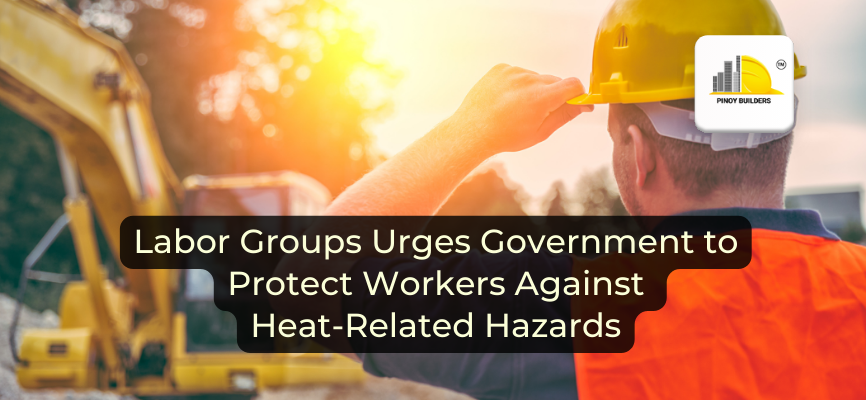With the rise of reported COVID-19 cases and the extension of enhanced quarantine in the Philippines, everyone is eager to uphold all available safety precautions to deter the spread. Besides the use of hand sanitizers and the practice of social distancing, masks have become a necessity for everyone going outside.
There are different kinds of masks that help add protection against COVID-19 contraction. Barrier masks are devices that prevent wearers from inhaling infected droplets and bacteria. Likewise, they also prevent infected people from spreading their illness by containing it in their masks. They are made from woven or non-woven fabrics and are worn using a secure head harness.
While a majority of people can be seen wearing blue surgical masks, these offer minimal protection due to their looseness and size. An N95 face mask is far more effective with its design and material, but its availability depends on the buyer’s area.
[content-lock]
With that in mind, DIY barrier masks are a viable third option that is capable of being better and more secure. After all, a mask creator can make one that fits the specifications of a person’s face. But what’s the process for creating an effective mask?
The Association Française de Normalisation (AFNOR) recently released a document containing guidelines for mask creation. This document includes everything from material requirements to quality control. Since the point of barrier masks is to prevent bacterial inhalation, the document includes intricate details for maximum device effectiveness.
Other items you can expect from the guide are:
- Instructions for creating duckbill-type and flat face-type masks.
- Washing procedures
- Proper disposal
- Securing the harness
- More hygiene practices
You can read all of it by visiting this link.
Please note that the guide was made for the general public and not for health workers who are in constant contact with infected patients, and as such, require a different set of protective equipment. Stay safe!
![]()









